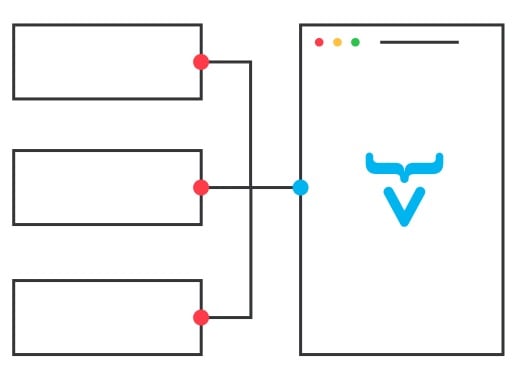Author: Ben Wilson

The right approach for your application modernization
Are you thinking about how to approach your legacy application modernization project? If yes, you are not the only one. Gartner has been involved with thousands of application migration projects and in 2018 shared a free insight titled 7 options to modernize legacy systems. Gartner fans will recall ...

The right “speed of transition” in application migration: lessons learned from digital transformation
You've probably guessed companies today are spending billions on digital transformation projects. If you're wondering about the precise number, you may be surprised that Statista estimates it will reach $2.8 trillion by 2025. Amidst this heavy spending are a few opportunities for application ...

Tools to Migrate Swing Applications to Web - Part 2
In the previous article we introduced dynamic tools for Swing migration to Vaadin. In this article we consider the more classic static tooling. Static tooling works with your Swing source code, and is easier to set up because your application code doesn’t get executed as part of the transformation. ...

Tools to Migrate Swing Applications to Web - Part 1
Automation can help make your migration faster and make you smarter before you start one. At Vaadin we’re working with Swing users to build tools that make the migration from Swing to Web easier to plan, cheaper, and of better quality all at once. We have two kinds of tools that have shown to be ...

Clock ticking loudly for Swing and SWT users
It might have flown under your radar, but with the release of Java 9, Oracle delivered the biggest wakeup call yet to Swing users. While Swing remains supported within JavaSE, the options are running out to get your Swing applications to your users’ desktops and to keep these applications updated. ...
Making custom components for declarative use
Vaadin introduced declarative syntax for initializing screen compositions in Framework 7.4. Since its release, declarative serialization and initialization have been associated for the most part with the Vaadin Designer product, where this syntax is used to describe a user interface design in a ...
Simplifying Multiplicities for Agile MVP
It’s 2016 and guess who just turned 20 years old? Extreme Programming! You might not have thought it was around that long but Ron Jeffries in his “XP at 20” webpages assures us we can start counting from the year 1996. You might remember the first book on XP was published in October 1999, but Kent ...
.jpg)